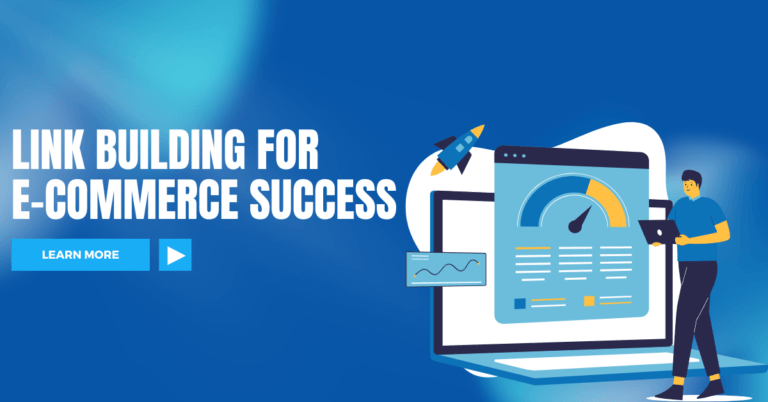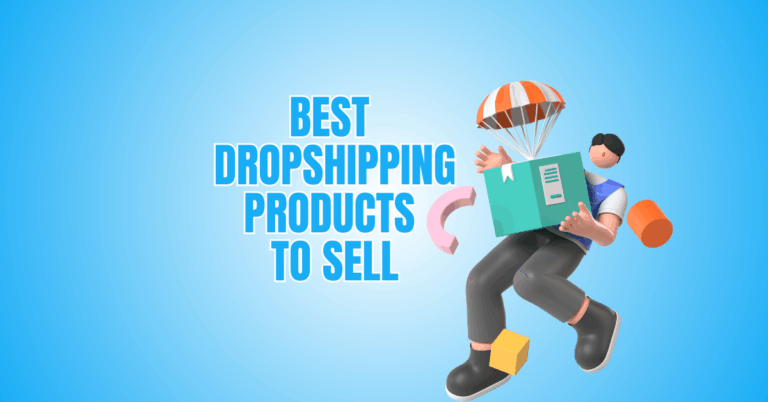Top eCommerce Mistakes To Avoid For Massive Success
Starting an online business is exciting, but even small eCommerce mistakes can hold you back from real success.
Whether you are expanding an existing store or starting a new one, it is just as important to know what not to do as it is to know what to do.
In this guide, we’ll explore the most common errors and how innovative strategies can help you build a thriving online business with confidence and clarity.
Top eCommerce Mistakes To Avoid For Massive Success
1. Poor Website Design And User Experience
A cluttered, slow, or confusing website frustrates visitors and drives them away. In eCommerce, your website is your storefront—if it’s unattractive or hard to use, shoppers won’t stick around.
Poor navigation, lack of mobile optimization, or confusing layouts can lead to high bounce rates. To avoid this, invest in a clean, user-friendly design that works smoothly on all devices.
Make navigation intuitive, use high-quality visuals, and ensure fast load times. Prioritize mobile users, simplify your menus, and guide visitors toward purchasing with clear calls-to-action. A seamless shopping experience can directly boost conversions and customer loyalty.
Key Points
- Avoid a cluttered or outdated design
- Ensure mobile optimization and fast load times
- Make navigation simple and clear
- Test site functionality regularly
2. Ignoring SEO And Organic Traffic
Neglecting SEO means potential customers may never find your website. Relying solely on paid ads limits long-term growth and increases costs.
Without SEO, your store loses organic traffic from search engines, reducing visibility and sales. You should conduct keyword research, optimize product pages, write unique meta descriptions, and create helpful blog content.
Avoid duplicate content and broken links by auditing your site regularly. Implement on-page, technical, and content SEO strategies for sustained traffic growth.
When done right, SEO brings targeted visitors consistently without paying for every click, giving your business lasting exposure and credibility.
Key Points
- Conduct thorough keyword research
- Optimize product pages and metadata
- Use blogs and content marketing
- Perform regular SEO audits
3. Complicated Checkout Process
A challenging checkout process is one of the eCommerce mistakes that can lead to abandoned carts and lost sales. Customers expect a smooth, hassle-free transaction.
If checkout requires too many steps, hidden fees appear, or account creation is mandatory, shoppers often quit before completing their purchase.
Simplify your checkout with minimal required fields, offer guest checkout options, and display total costs upfront. Provide multiple payment methods and ensure your process is secure and mobile-friendly.
Regularly test your checkout experience from a customer’s perspective. A smooth checkout process improves conversions, lowers cart abandonment, and gives customers a favourable image of your business.
Key Points
- Simplify checkout steps
- Offer guest checkout
- Be transparent with costs
- Provide multiple payment options
4. Inadequate Product Descriptions And Images
Poor product descriptions and low-quality images undermine trust and lead to lost sales. Shoppers can't physically inspect online products, so they rely heavily on your descriptions and visuals.
Vague or generic copy fails to answer customer questions or highlight benefits, while blurry photos make products seem cheap. Write detailed, engaging descriptions that focus on features, benefits, and usage.
Use professional images from multiple angles, showing products in context when possible. High-quality content reassures buyers and helps reduce returns.
By providing clear information and attractive visuals, you create confidence in your brand and make purchasing decisions easier for customers.
Key Points
- Write clear, detailed product descriptions
- Use professional, high-resolution images
- Showcase product benefits and usage
- Include multiple photos with different angles
5. Poor Inventory And Order Management
Failing to manage inventory properly can result in stockouts, overselling, or delayed deliveries, frustrating customers and harming your reputation.
Running out of stock costs sales, while overselling leads to cancelled orders and lost trust. Install a strong inventory control system that provides notifications and real-time tracking.
Conduct regular audits and stay in close contact with your suppliers to anticipate shortages. Automate inventory syncing across platforms if you sell on multiple channels.
Accurate inventory control ensures you meet customer demand promptly and maintain a reliable service, which is critical for sustaining long-term business success and avoiding negative reviews.
Key Points
- Use inventory management software
- Synchronize stock across platforms
- Audit inventory regularly
- Communicate proactively with suppliers

6. Weak Customer Service
Neglecting customer support is one of the most damaging eCommerce mistakes, leading to lost sales, poor reviews, and decreased brand loyalty.
Slow responses, unhelpful replies, and a lack of support channels can lead to negative reviews and lost business. Today’s customers expect quick, courteous, and practical support.
Use chatbots for instant responses and ensure your team is trained to handle inquiries professionally. Respond quickly to problems and ask clients for feedback.
Strong customer service builds loyalty, encourages repeat purchases, and fosters positive word-of-mouth. Prioritizing customer support turns first-time buyers into long-term brand advocates.
Key Points
- Provide fast, multi-channel support
- Train your team for professional responses
- Use chatbots for quick queries
- Resolve issues promptly and follow up
7. Ignoring Data And Analytics
Operating without analyzing your data means you’re running your business blind. Ignoring analytics prevents you from understanding customer behaviour, identifying top-selling products, or spotting issues in your sales funnel.
Data-driven decisions help optimize marketing, improve user experience, and boost conversions. Use tools like Google Analytics, heatmaps, and sales reports to monitor website performance and customer interactions. Set clear KPIs and review them regularly.
You can modify your tactics based on actual insights rather than conjecture by looking at your analytics. Avoiding this mistake allows you to refine your approach, increase profitability, and make smarter business decisions.
Key Points
- Track website analytics and user behaviour
- Set clear KPIs and measure them
- Use data to refine strategies
- Monitor sales performance regularly
8. Ineffective Marketing Strategies
Relying on a single marketing channel or using outdated tactics limits your eCommerce growth. Ineffective strategies waste money and fail to attract or retain customers.
For example, over-dependence on paid ads without organic efforts can drain your budget with minimal long-term gain. Create a multi-channel strategy that incorporates content production, email marketing, social media, and SEO to prevent this.
Recognize your target market and adjust campaigns to suit their requirements. Experiment with retargeting ads and loyalty programs to maximize ROI.
Consistent, diversified marketing keeps your brand visible and competitive, ensuring you attract new customers while nurturing existing ones effectively.
Key Points
- Diversify marketing strategies
- Make use of both paid and organic channels.
- Understand your target audience
- Implement retargeting and loyalty programs
9. Pricing Mistakes
Setting the wrong price can scare away customers or erode your profit margins. Pricing too high may alienate potential buyers, while pricing too low can devalue your products and hurt profitability.
Avoid guessing or copying competitors without analysis. Perform in-depth market research to comprehend production costs, rival pricing, and the willingness of your audience to pay.
Use tools for price testing and adjust based on performance data. Consider implementing dynamic pricing strategies to stay competitive.
Pricing should reflect product value, brand positioning, and market demand. The right pricing strategy boosts sales, maintains healthy margins, and builds a sustainable business.
Key Points
- Research the market and competitor pricing
- Factor in costs and customer perception
- Test and adjust pricing strategies
- Use dynamic pricing tools when possible
10. Not Planning For Scaling
One of the critical eCommerce mistakes is failing to plan for growth, which can lead to operational chaos and declining customer satisfaction.
As your business expands, inadequate backend systems, outdated software, or a lack of logistics planning can cause delays, stock issues, and customer service breakdowns.
To avoid this, invest in scalable platforms and automation tools from the start. Plan your supply chain, customer support, and fulfillment processes for potential growth.
Regularly review and upgrade your systems as needed. A growth-ready infrastructure sets up your store for long-term success in the cutthroat eCommerce industry. Planning for scaling guarantees that your company can manage rising demand without sacrificing service quality.
Key Points
- Invest in scalable systems and automation
- Plan for the supply chain and support scaling
- Regularly review backend operations
- Prepare for future growth
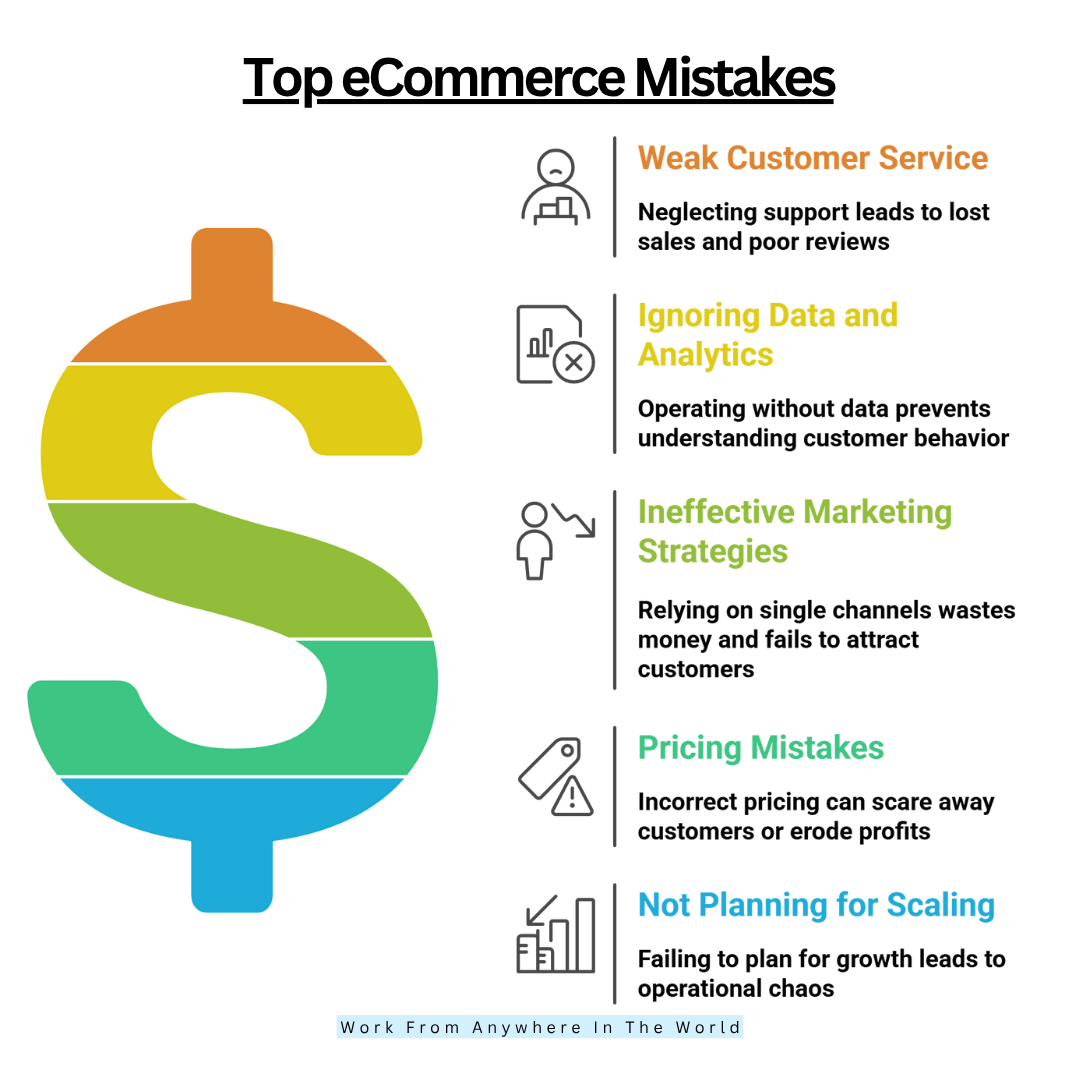
11. Neglecting Mobile Optimization
With most online shoppers browsing on smartphones, a non-optimized mobile site drives customers away. If your website isn’t responsive, pages load poorly, buttons are hard to click, and checkout becomes frustrating.
This results in high bounce rates and lost sales. Utilize a mobile-first design strategy to prevent this, making sure your website is responsive and quick on all platforms.
Check your site's load times, checkout process, and navigation frequently on smartphones and tablets. Consider implementing AMP (Accelerated Mobile Pages) where possible.
A seamless mobile experience enhances user satisfaction, reduces abandonment, and taps into the growing mobile commerce market effectively.
Key Points
- Use a responsive, mobile-first design
- Test mobile functionality frequently
- Ensure fast mobile load times
- Optimize checkout for mobile users
12. Lack Of Clear Return And Refund Policies
Unclear or restrictive return policies scare customers away and reduce trust in your store. Shoppers want assurance that they can easily return unsatisfactory products.
If your policies are vague, hard to find, or overly strict, it creates hesitation and damages brand credibility. Display a transparent, customer-friendly return and refund policy on your website.
Make the process straightforward, outlining timelines, conditions, and methods. Offer hassle-free returns whenever possible.
A fair return policy builds trust, encourages conversions, and reassures first-time buyers. By being upfront and customer-centric, you foster loyalty and reduce negative reviews from dissatisfied customers.
Key Points
- Display policies clearly on your website
- Keep the return and refund processes simple
- Be fair and transparent with customers
- Use returns to build customer trust
Wealthy Affiliate – Mini Review (2025)
If you’ve ever thought about turning your blog, passion, or niche into an online business,
Wealthy Affiliate (WA) is one of the most beginner-friendly platforms I’ve used.
It combines step-by-step training, website hosting, SEO research tools,
and an active community all in one place.
What I like most: you can start free (no credit card needed),
explore lessons, test the tools, and connect with other entrepreneurs
before upgrading. WA isn’t a “get rich quick” scheme — it’s a platform where success comes
from consistent effort and applying what you learn.
13. Overlooking Shipping Costs And Logistics
High or hidden shipping costs often lead to cart abandonment. If customers encounter unexpected fees at checkout, they’re likely to leave.
Poor logistics management can also cause delayed deliveries and customer complaints. Avoid this by clearly displaying shipping costs upfront or offering free shipping thresholds.
Partner with reliable shipping providers and ensure tracking information is promptly shared. Consider using fulfillment services or local warehousing for faster delivery.
Optimize your packaging to reduce costs. In addition to preventing missed revenue, effective shipping logistics management improves customer satisfaction, encouraging repeat business and goodwill.
Key Points
- Be transparent about shipping costs
- Offer free shipping thresholds if possible
- Partner with reliable carriers
- Optimize the packaging and delivery process
14. Poor Product Categorization And Search Functionality
Poor product categorization and weak search functionality are common eCommerce mistakes that frustrate shoppers and lead to missed sales opportunities.
Avoid this by organizing products into logical, easy-to-browse categories. Use clear labels, filters, and sorting options to help users quickly narrow down choices.
Implement a powerful on-site search tool with autocomplete and suggested products. Regularly audit your categories and fix any errors or overlaps.
A smooth browsing and search experience keeps customers engaged, encourages exploration, and boosts overall sales by making the buying process easier and more intuitive for shoppers.
Key Points
- Use clear product categories and filters
- Implement advanced search functionality
- Regularly audit product categorization
- Make navigation intuitive for customers
15. Ignoring Customer Feedback And Reviews
Dismissing customer feedback or neglecting reviews can harm your reputation and stunt business growth. In addition to fostering trust, reviews offer insightful information about customer satisfaction and product performance.
Ignoring them means missing chances to improve. Encourage good reviews from happy customers and politely and promptly address negative feedback.
Use reviews to refine your products, services, and website experience. Track brand references on review sites and social media.
Authentic, positive feedback boosts credibility, while responsive handling of complaints showcases your commitment to customer care. Leveraging reviews effectively helps build brand authority and fosters long-term loyalty from your audience.
Key Points
- Encourage customer reviews
- Respond professionally to all feedback
- Use feedback for product/service improvement
- Monitor reviews across platforms
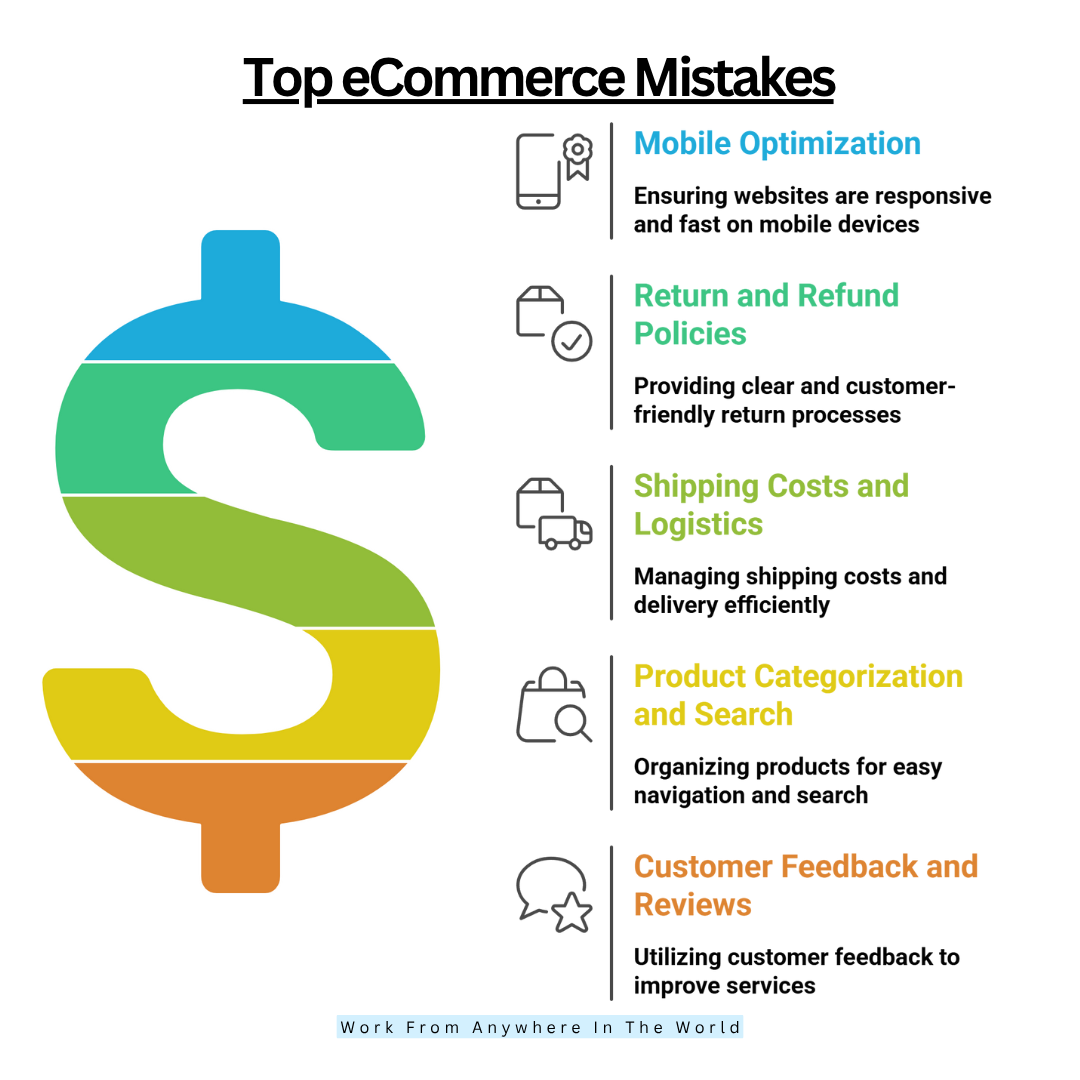
16. Using Low-Quality Product Packaging
Your packaging is part of the customer experience. Cheap, unattractive, or insecure packaging can lead to damaged products, poor first impressions, and negative reviews.
It also reflects poorly on your brand’s professionalism. Invest in durable, appealing packaging that protects items and delights customers upon unboxing.
Consider eco-friendly materials, branded elements, and thoughtful presentation. A memorable unboxing experience encourages repeat purchases and social media sharing. Packaging isn’t just functional—it’s a marketing opportunity.
By valuing presentation and quality, you reinforce your brand image, protect your products, and elevate the overall customer experience, which directly impacts customer retention.
Key Points
- Use durable, high-quality packaging
- Enhance the unboxing experience
- Consider eco-friendly materials
- Reflect brand image in packaging
17. Underestimating The Power Of Social Proof
Overlooking social proof is one of the most critical eCommerce mistakes, as it reduces trust and can significantly lower conversion rates. Shoppers often look for validation from other buyers before making a purchase.
Without visible proof, they may doubt your credibility. Feature customer testimonials, star ratings, influencer endorsements, and user-generated content prominently on product pages and landing pages.
Showcase trust badges and security certifications. Social proof builds trust, reduces hesitation, and boosts conversions by showing potential buyers that others have had positive experiences with your brand.
Key Points
- Display customer testimonials and reviews
- Use social media for user-generated content
- Highlight social proof on product pages
- Encourage customers to share experiences
18. Launching Without Testing
Launching your eCommerce store or new features without thorough testing is a risky move. Payment issues, glitches, broken links, or a bad user experience can turn off clients and harm your business's brand.
Always conduct comprehensive testing before launch, covering website functionality, checkout process, mobile responsiveness, and payment systems. Use beta testing with a small group of users to catch issues early.
Monitor real-time analytics after launch for unforeseen problems. Test new features and upgrades frequently to guarantee smooth functioning.
By prioritizing testing, you safeguard customer experience, maintain professionalism, and avoid costly post-launch fixes or reputation damage.
Key Points
- Test all features before launch
- Conduct beta testing with real users
- Fix issues before going live
- Regularly test updates and new features
19. Failing To Build An Email List
Neglecting email marketing means missing a cost-effective way to retain customers and drive repeat sales. Unlike social media followers, your email list is a direct, owned marketing channel.
If you don’t prioritize building a list, you limit your ability to nurture leads and convert casual visitors into loyal customers. Encourage sign-ups with lead magnets, exclusive offers, or discounts.
Send regular newsletters, product updates, and personalized offers to stay connected. Segment your list for targeted campaigns and track performance.
Building and nurturing an email list enhances customer relationships, boosts lifetime value, and provides reliable traffic beyond ads or search.
Key Points
- Offer incentives for sign-ups
- Segment your email list for targeting
- Engage subscribers with regular content
- Use email marketing for customer retention
20. Ignoring Competitor Analysis
Ignoring competitor analysis is one of the most avoidable eCommerce mistakes that can lead to missed opportunities and weak market positioning.
Competitor analysis helps you understand industry trends, pricing strategies, product offerings, and marketing tactics. Ignoring this crucial research means missing opportunities and making uninformed decisions.
Regularly review your competitors’ websites, product lines, social media activity, and customer feedback. Identify their strengths and weaknesses, then refine your strategies to offer better value or service.
Competitor insights help you stay relevant, innovate effectively, and position your brand strategically. Informed decision-making based on competitor analysis can give your eCommerce business a vital competitive edge in the market.
Key Points
- Conduct regular competitor research
- Analyze pricing, products, and marketing strategies
- Adjust your approach based on insights
- Stay updated on industry trends
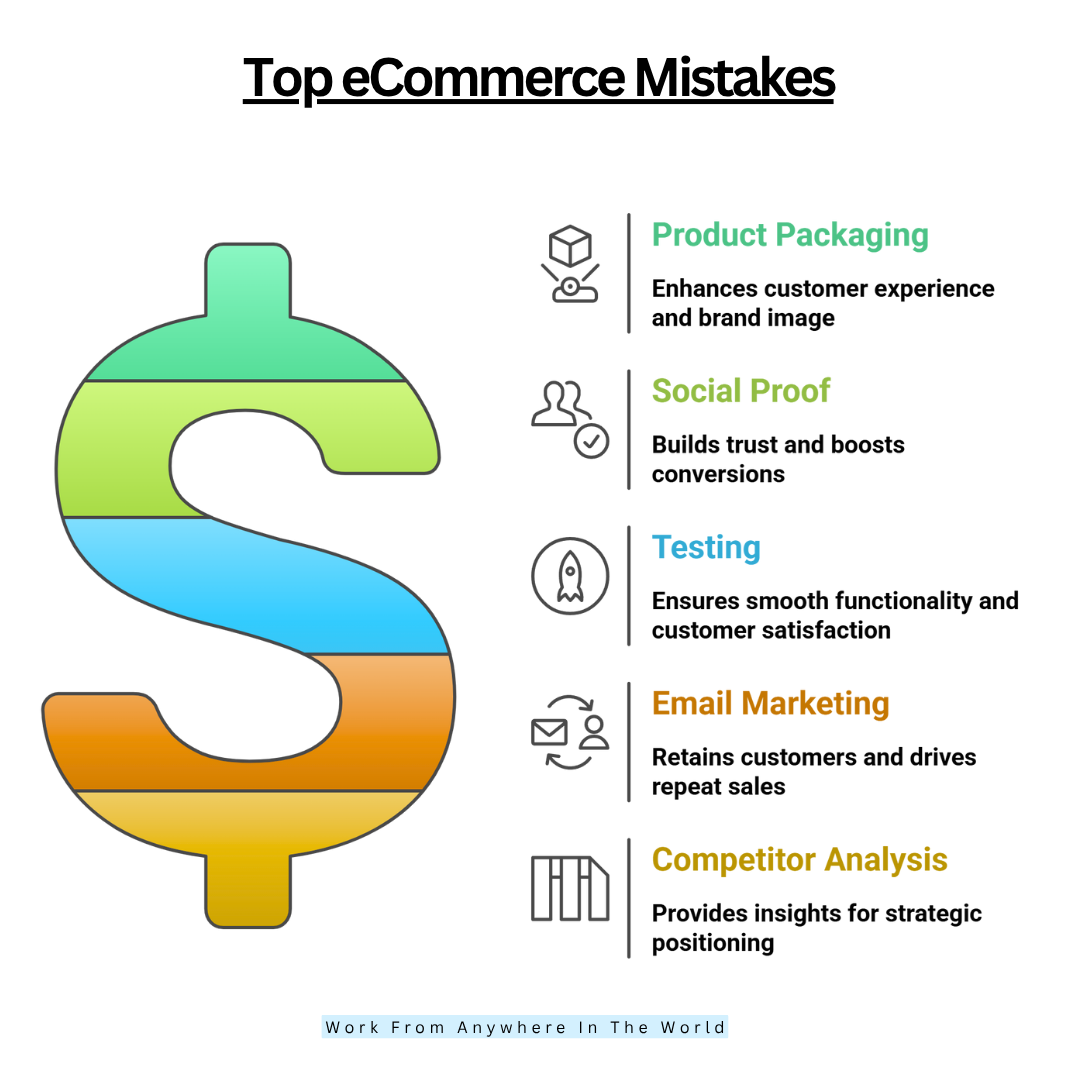
Conclusion
Success in online business isn’t just about hard work — it’s about working smart. By steering clear of common eCommerce mistakes, you’ll protect your profits and build lasting customer trust.
Stay informed, stay adaptable, and keep learning as the digital marketplace evolves. Ready to take your store to the next level? Apply these tips today and watch your eCommerce journey grow with confidence!
I trust you enjoyed this article on the Top eCommerce Mistakes To Avoid For Massive Success. Please stay tuned for more insightful blogs on affiliate marketing, online business, and working from anywhere in the world.
Take care!
— JeannetteZ
💬 Your Opinion Is Important To Me
Do you have thoughts, ideas, or questions? I’d love to hear from you. Please leave your comments below or email me directly at Jeannette@WorkFromAnywhereInTheWorld.com.
📚 More Work From Anywhere Reads
🚀 Ready to Build a Business You Can Run from Home
or from Anywhere in the World?
Imagine creating income on your terms — from home, a cozy café, or wherever life takes you.
With the right tools, training, and community support, it’s entirely possible.
Start your own online business for free — no credit card needed.
Disclosure
This post may contain affiliate links. As an Amazon Associate and participant in other affiliate programs, I earn from qualifying purchases at no extra cost to you. Please read my full affiliate disclosure.


